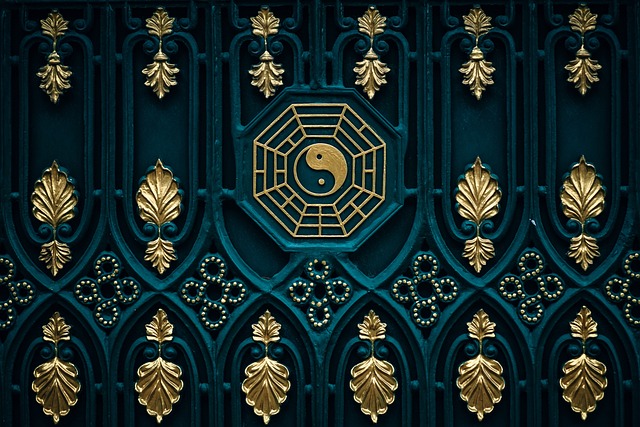
Yin and yang are opposite forces.
Yin y Yang son dos nociones que se utilizan en el taoism. Ambas suelen considerarse en conjunto ya que, representando ideas complementarias y opuestas, reflejan la duality existente en el universo.
Before moving forward with the definition of these concepts , it is necessary to focus on Taoism . This is the name given to a philosophical tradition and religious doctrine that emerged in Chinese territory during the 6th century BC from the postulates of Lao-Tzu .
Lao-tzu and Taoism
It is important to mention that there are historians who doubt the real existence of Lao-Tzu , who is also mentioned in our language as Lao Zi , Lao Tzu , Laocio or Laozi . Among those who affirm that this thinker really existed, on the other hand, there is usually a debate about the era in which he lived.
Lao-Tzu is generally credited with creating the “Tao Te Ching” (also called “Dào Dé Jing” or “Dàodé jīng” ). This philosophical text deals with the principles of multiple things and issues , giving rise to the emergence of Taoism.
The tao is the central concept of Taoism. It is associated with the natural order or balance of the world , something that flows constantly and makes the only constant thing in the universe change .
Yin and yang, in this framework, represent the duality of everything real . Balance is given by opposing forces that complement each other and are present in all the elements.

Taoism appeals to the ideas of yin and yang.
What is yin and yang
According to the Royal Spanish Academy ( RAE ), yin is the feminine or passive force. The word comes from the Chinese word yīn . As for yang, coming from yáng , it is the masculine or active force.
The synthesis of yin and yang, then, composes the principle of balance of the universe. Yin and yang symbolize darkness and light, positive and negative and the rest of the existing dichotomies or oppositions.
In other words: each idea, thing or being has an opposite complement that is part of it. This is usually summarized by indicating that in everything bad there is something good and vice versa.
Taoism also notes that yin and yang can be subdivided into yin and yang over and over again, indefinitely; that both elements are interdependent and that they are produced and consumed mutually; and that yin can be transformed into yang, while yang can become yin.
The notion in traditional Chinese medicine
The principles of yin and yang are the pillars of traditional Chinese medicine , which considers that the appearance of a disease is due to the absence of balance between both forces. When harmony between yin and yang is absent in an individual's body, their health suffers.
That is why traditional Chinese medicine medicines contain a multiplicity of properties that aim to restore balance. Once this is achieved, normality is recovered from a physiological point of view.
